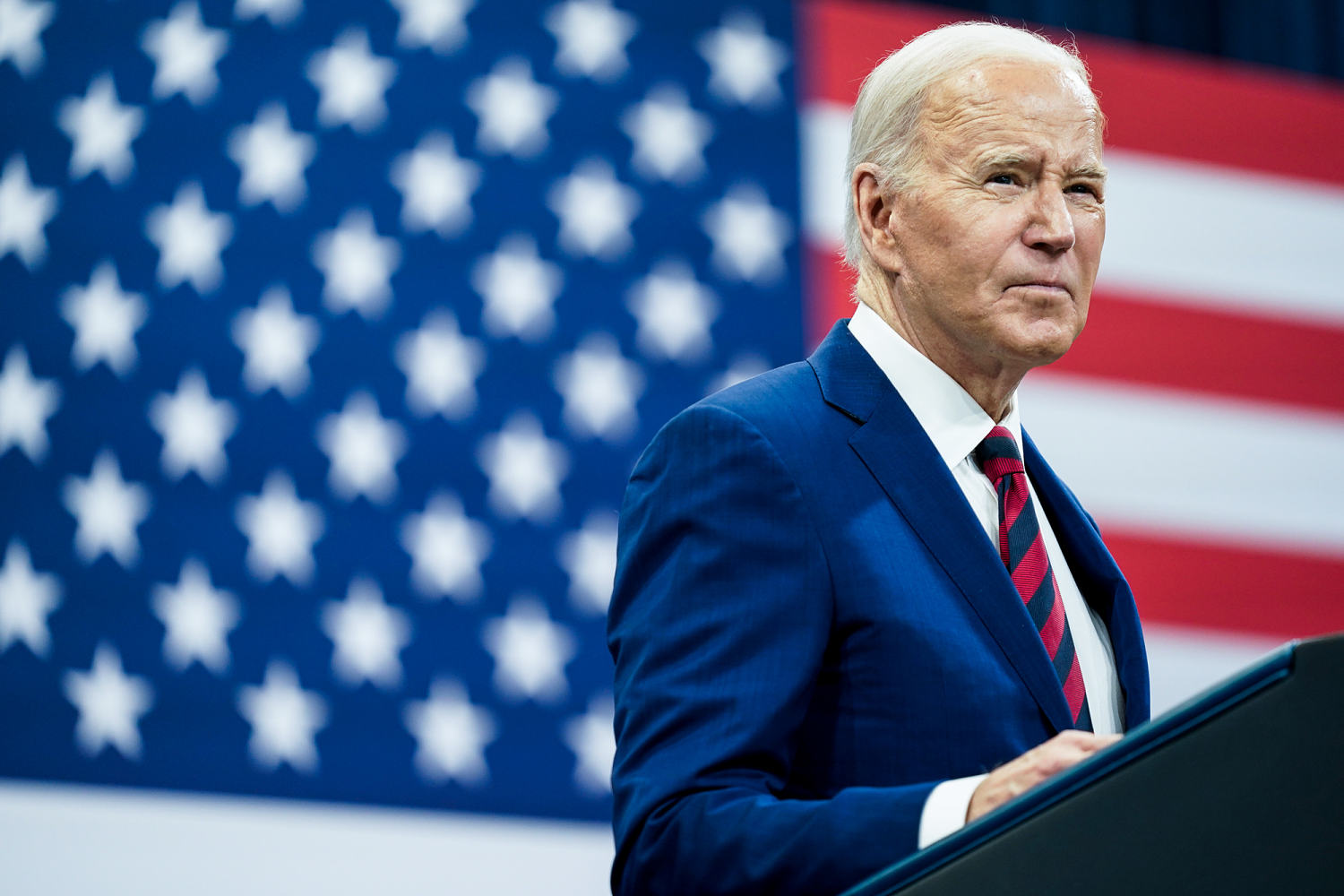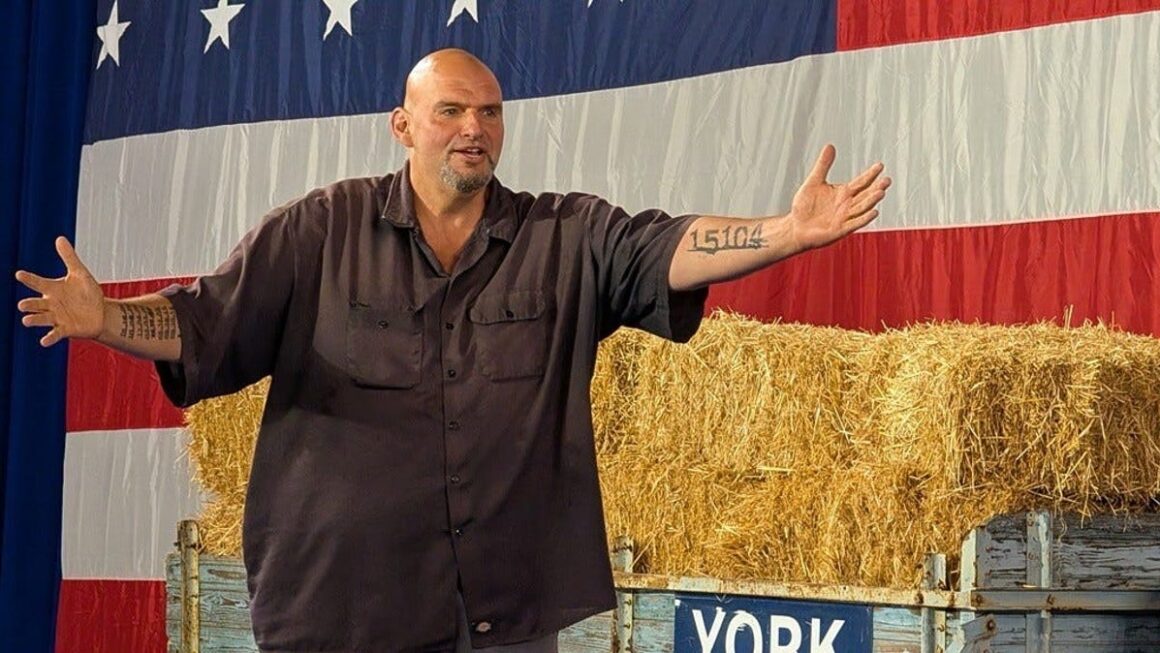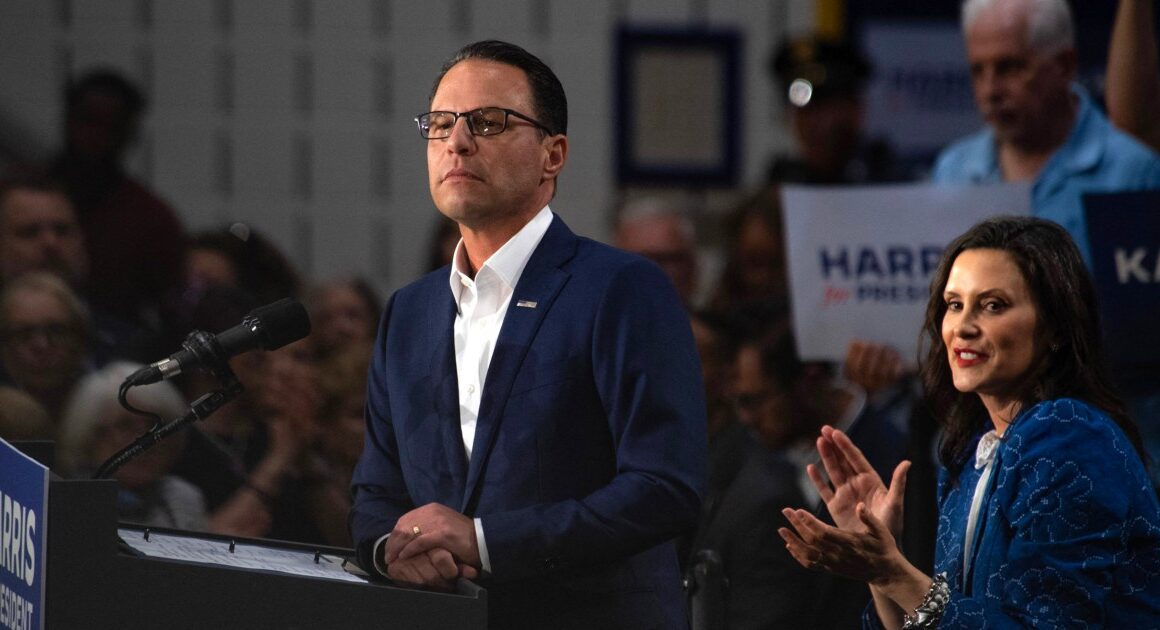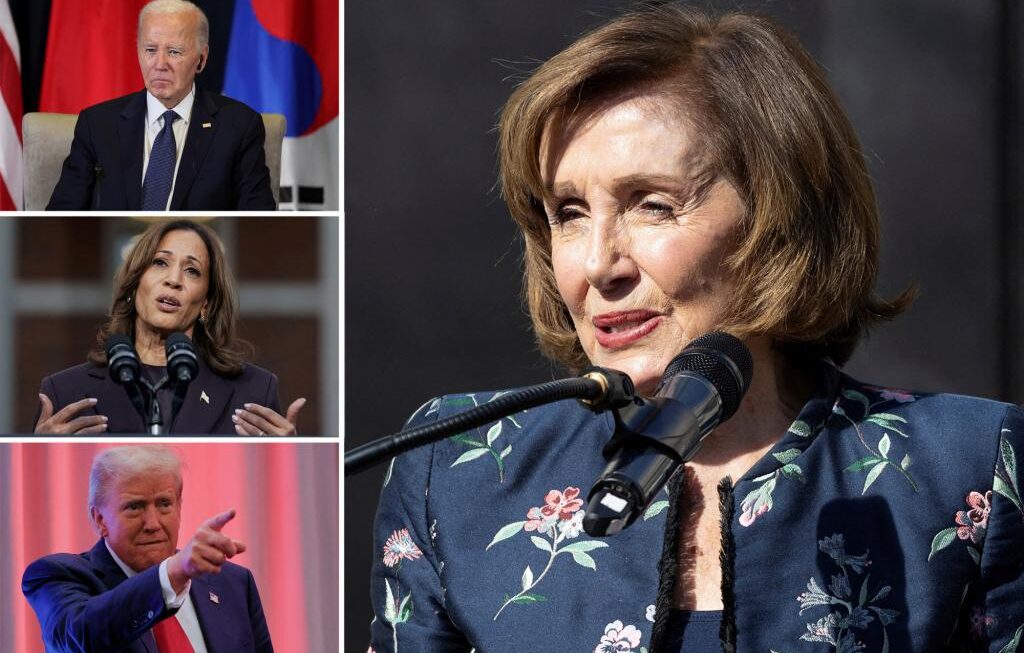
Few things are as hated as overdraft fees. Those sneaky little fees that banks charge you for accidentally blowing past your checking account balance are the kind of pervasive irritant that brings together large swaths of voters who otherwise don’t agree on much.
So it’s no surprise that President Joe Biden has targeted them and other hidden fees as he campaigns for re-election.
Earlier this year, his administration proposed a rule that would cut overdraft fees from as high as $35 to between $3 and $14 in most cases. That may not sound like much of a change, but the Consumer Financial Protection Bureau estimates the change would save customers $3.5 billion annually.
Overdraft fees don’t just hurt people who have checking accounts. They are also one of the reasons many Americans don’t put their money in banks at all.
Overdraft fees don’t just hurt people who have checking accounts. They are also one reason many Americans don’t put their money in banks at all. The administration’s proposed limit on bank fees is a good start to remedying this problem. But if Biden wants to do more to help those who can least afford unexpected bank fees, he could look at expanding an often-overlooked program that is already directly providing millions of people with access to banking with low fees.
First, it’s important to understand how significant bank fees are.
For many lower-income families, unexpected fees are not just an annoyance but potentially a reason they might not be able to afford gas or groceries that week. According to the CFPB, the share of lower-income households that have had to pay overdraft or non-sufficient funds fees in a given year was dramatically higher than among middle- and upper-class families.
As a result, many low-income households choose to skip banks and rely on check-cashing services, money orders and payday lenders. Those come with fees, too, but unlike overdraft fees, they aren’t deducted without your awareness, said Prasad Krishnamurthy, a Berkeley law professor who has studied the economics of lower-income Americans. That makes it easier to plan for monthly bills like rent and electricity.
“When you go into the check-cashing service, it’s like McDonald’s,” he said. “There’s a big board that shows you everything they charge. There’s no hidden fees. If you like the price, you buy.”
A study by the Federal Reserve found that in 2021, 5% of U.S. adults had no bank account at all and another 13% were underbanked — meaning they had bank accounts but still regularly relied on check-cashing and money order services. In addition, 40% of Black people and 30% of Hispanics were unbanked or underbanked.
New limits on overdraft fees are one way to get more people into the banking system. But if Biden wants to go further, there’s a program administered by the Treasury Department that’s ripe for expansion.
Called Direct Express, the program provides a MasterCard-branded debit card to nearly 4 million people who receive federal payments such as Social Security, disability and veterans’ benefits and a handful of smaller retirement programs. The cards have no monthly account fees and minimal or no fees for most routine banking tasks, such as withdrawing money from ATMs or getting cash back at the store. Started in 2011 as the federal government sought to move away from mailing checks and toward direct deposit, the program now handles $3 billion in federal benefits every month.
Direct Express does have some limitations. Cardholders can’t put their own money onto the cards — making them more like prepaid gift cards from your grandma than true checking accounts — and they apply to only a handful of federal benefits. There have also been complaints about the private vendor that handles the cards, Comerica Bank, especially over how it responded to identity theft and fraud cases.
Direct Express has received high marks from cardholders in a customer satisfaction survey.
Nevertheless, Direct Express has received high marks from cardholders in a customer satisfaction survey, and there have been periodic calls to expand the program. During the coronavirus pandemic, the Treasury Department used Direct Express to make stimulus payments and send advance child tax credits to existing cardholders. Some have called for the government to expand the program to include direct payments for lower-income families or install ATMs at U.S. Postal Service branches where cardholders could add money to the cards.
At an even broader level, the program could be opened up to people who aren’t receiving benefit payments, making it something like a “public option” for basic banking services that lower-income families aren’t getting right now.
Expanding the program wouldn’t necessarily hurt banks, which already largely ignore this group of potential customers. If that becomes a concern, limits could be put on how much money can be kept in the accounts. But the existence of a low-fee public alternative to a traditional checking account would certainly pressure banks to cut their costs, as well — and that would benefit everyone.
![]()






